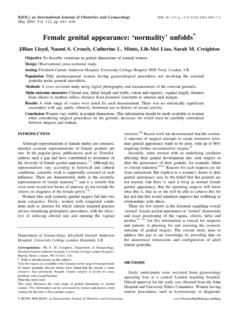Transcription of British Society for Paediatric & Adolescent Gynaecology
1 British Society for Paediatric & Adolescent Gynaecology Position Statement LABIAL REDUCTION SURGERY (LABIAPLASTY) ON ADOLESCENTS October 2013 Summary BritSPAG recognises labiaplasty as a form of female genital cosmetic surgery (FGCS) in the majority of cases. This position statement arises from concerns over evidence that such surgery is being performed on girls under 18 years of age. Surgery does not address the social and economic factors that have given rise to distress over vulval appearance and the rising demand for labiaplasty. There is no recognisable disease process warranting surgical treatment and no creditable evidence to demonstrate lasting effectiveness along physical, psychological and sexual parameters.
2 Labial growth and development is part of pubertal development and may not be completed until early adulthood. There are known and probable risks to surgical alterations of healthy morphological development. Genital anatomy changes throughout the life span and the cosmetic result is not permanent. The younger a girl begins her labiaplasty trajectory, the higher the number of operations over her life time and the greater the risk of scarring and sensitivity loss. Available surgical data is limited with no attempt to audit episodes and outcomes and no research to document the long term impact of labiaplasty.
3 In the absence of an identifiable disease and until the evidence demonstrates to the contrary, labiaplasty should not be performed on girls under the age of 18 years. 1. Labial anatomy The labia minora are two folds of skin which run either side of the vaginal opening, arising from the skin covering the clitoris. The outer labia majora develop hair after puberty, whilst the inner labia minora remain as mucosal skin. The labia minora have been shown to be highly innervated along the whole of the free edge, with a vascular and lymphatic plexus within the tissue 1. This contributes to genital sensitivity. Women have self-rated the labia minora as being second only to the clitoris in terms of sensation and sensitivity 2.
4 Prior to the onset of puberty the labia minora are typically small and flat. Pubertal changes are gradual and not completed until young adulthood. The labia may develop asymmetrically at first and even out eventually. However, a level of asymmetry is entirely normal, and labial appearance may vary considerably in adult women3. 2. Operations to change labial anatomy Labiaplasty (labial reduction surgery) is the most popular form of female genital cosmetic surgery, which refers to surgical procedures to alter the structure and appearance of the healthy vulva4. Procedures fall into two broad categories: i) the amputation technique or labial trim where the edge of the labium is cut out and the edges oversewn5 and ii) the removal of a section of the labia to preserve the natural contour such as wedge resection6,7 and de-epithelisation techniques8 The operation is usually performed by a gynaecologist or a plastic surgeon.
5 The majority of labial reduction operations take place in the private sector where there is no requirement to provide activity and outcome data. The number of operations performed is therefore unknown. In the NHS there has been a five fold increase in the number of procedures in the past ten years. These figures are likely to represent the tip of the iceberg. Between 2008 and 2012, 266 labial reduction operations were performed on girls under the age of 14 years in the NHS9 for unknown reasons with unknown consequences. 3. Reasons given for labiaplasty The request for labiaplasty is typically based on subjective reports of concerns over appearance or physical discomfort.
6 These concerns are often aggravated by other people s comments. Once established, the concerns are difficult to eradicate. Physical and psychological complaints are most likely to be related. A girl unhappy about her vulva is likely to be sensitised towards all vulval sensations and ascribe negative meanings to them. On examination, the vulva is usually completely unremarkable10. A number of reasons have been attributed to the increasing vulval appearance dissatisfaction and distress. These include: i) Relative accessibility of unrealistically narrow representations of vulval appearance in popular culture;11 ii) Relative inaccessibility of realistically wide variations in typical female genital vulval appearance ;11 iii) Increased visibility of and irritation to the vulva due to pubic hair removal; iv) Intensive marketing of labiaplasty as an unproblematic life-style choice for 4.
7 Research evidence No controlled evaluation of short and long term clinical effectiveness can be identified in the literature13. The majority of publications claiming a high rate of (short term) user satisfaction are carried out unsystematically by care providers. Significant barriers to quality outcome research exist. Recipients are likely to be secretive about the operation and unlikely to attend long term follow up to participate in research. Dissatisfied recipients are likely to present to a different provider for improvement to the unsatisfactory result. The absence of negative feedback to service providers may give rise to overestimation of effectiveness and satisfaction.
8 Short term risks include infection and bleeding; wound dehiscence with its attendant implications have been reported in up to 30% of cases14. Revision procedures have been reported in up to 7% cases for wound dehiscence or for dissatisfaction with results7. Potential long term risks include dyspareunia and a reduction in sensitivity, although these have not been quantified. There are no data on the possible increased risk of perineal trauma during vaginal delivery, although obstetric difficulties have been reported for women who have had the labia removed as a result of female genital mutilation (FGM) (Type 2) 15. 5. Best Practice A genital examination (visual inspection) should be offered in response to a request for labiaplasty.
9 The examination should be sensitively and skilfully conducted. Where labial disease or structural anomalies are identified, a referral for an assessment by an Adolescent gynaecologist providing a dedicated service should be made (see UK Map of Services at ). The most likely clinical finding is that of a normal vulva. This should be communicated sensitively and unambiguously. Information about normal variations should be offered. Whilst some resources are available for clinicians, there is very little material specifically developed for adolescents and their parents. A list of currently available resources can be found at the end of this document.
10 Depending on the age and maturity of the girl, the education maybe carried out during the assessment with the aid of a mirror. Surgical reduction before the completion of pubertal development may lead to a poor long term cosmetic and structural problems as the labia continue to develop. More surgery may then ensue and along with that greater risks of scarring and numbing. This should be communicated clearly to the girl and where appropriate her guardian by way of an explanation for a conservative approach to the presenting complaint in adolescence. Simple measures to relieve labial discomfort should be suggested. Harsh soaps and shower gels in the genital area should be avoided.
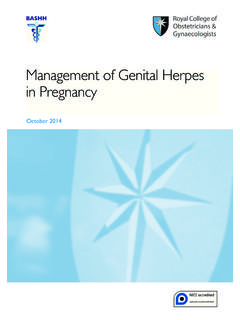
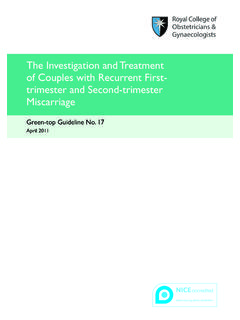
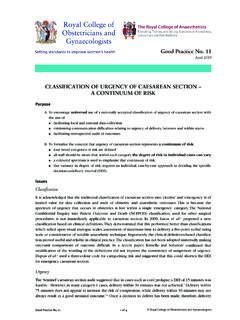
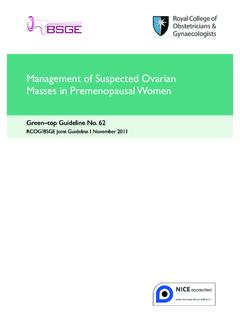


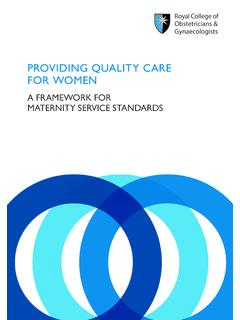
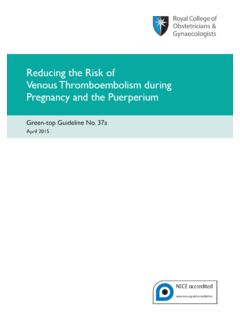
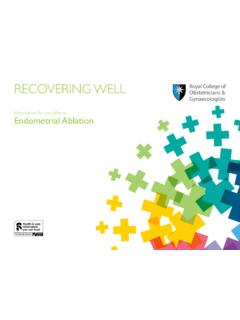

![P1 P. WOOD Updated 4-6-15.pptx [Read-Only] - c.ymcdn.com](/cache/preview/8/5/7/b/0/2/c/d/thumb-857b02cdf90a69b25793618273481e71.jpg)

